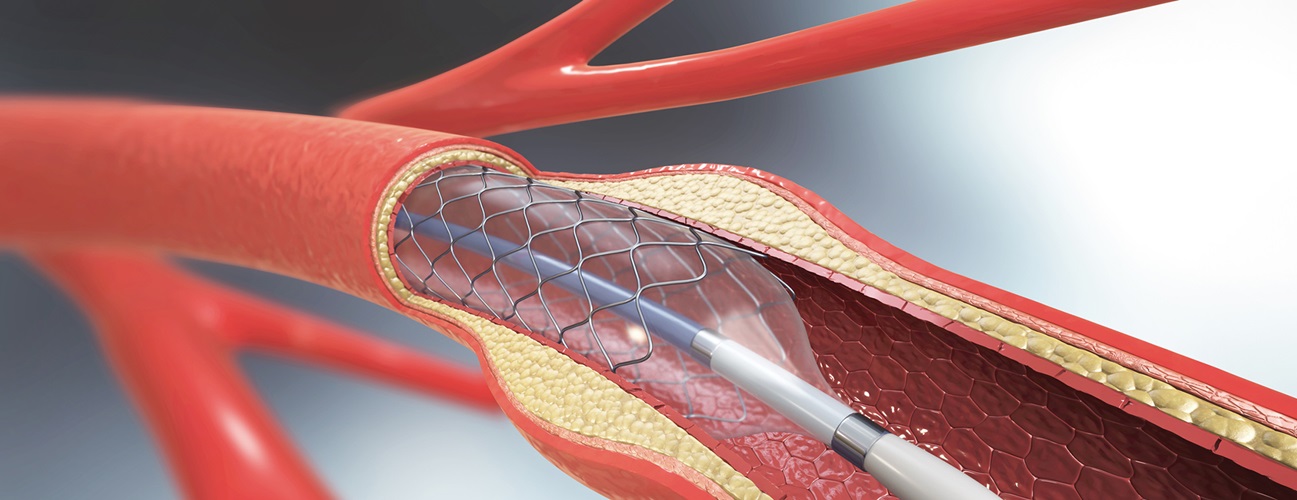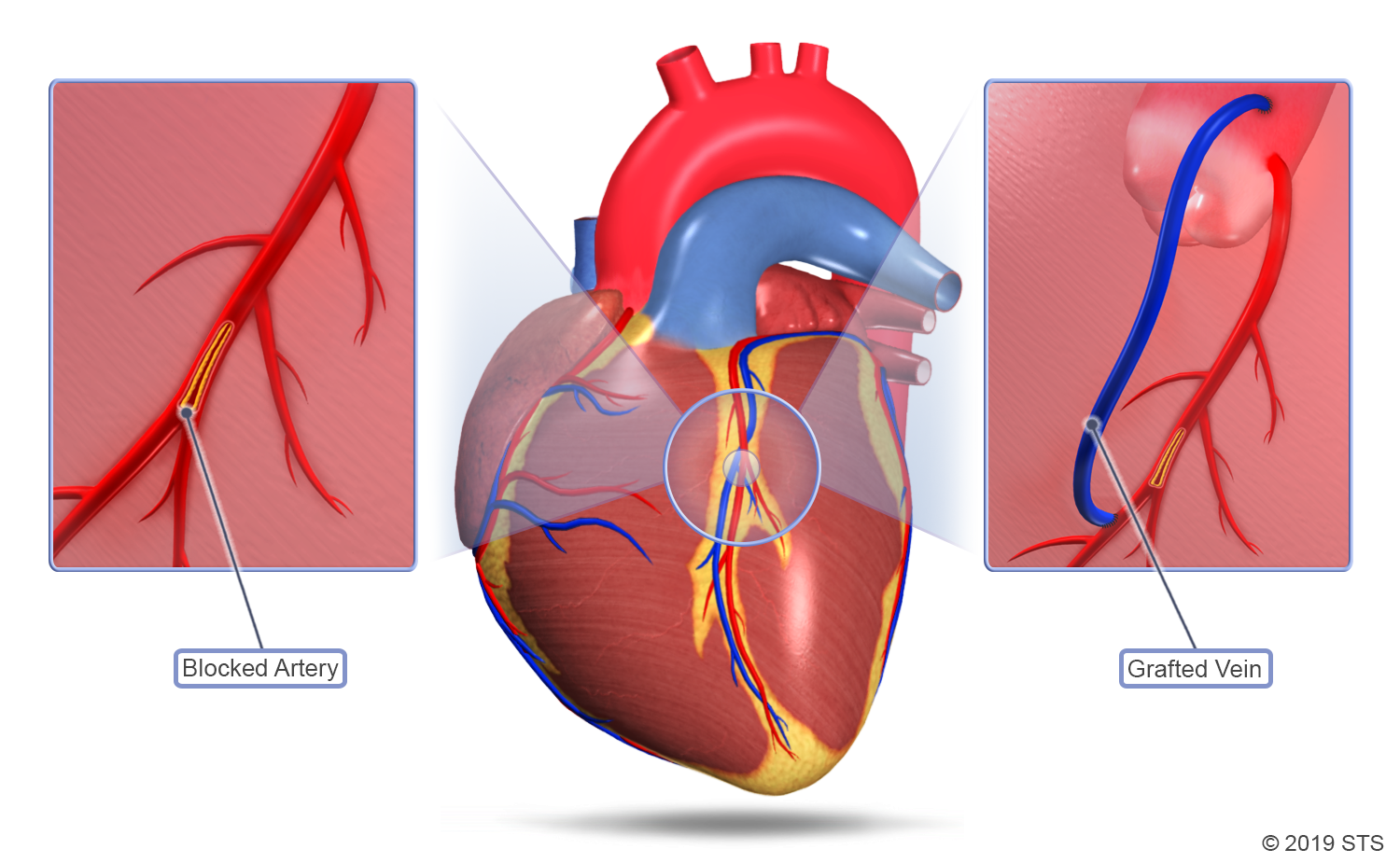Angioplasty is a minimally invasive procedure used to treat coronary artery disease, a condition where plaque buildup narrows the arteries that supply blood to the heart. During angioplasty, a thin tube called a catheter is inserted into a blood vessel in the groin or arm and threaded to the heart. A small balloon is then inflated at the blockage to open the artery.
When is Angioplasty Performed?
Angioplasty is often considered for patients with:
- Stable angina: Chest pain that occurs during physical activity or stress.
- Unstable angina: Chest pain that occurs at rest or with minimal exertion.
- Heart attack: A blockage in a coronary artery that causes heart muscle damage.
The Angioplasty Procedure
- Preparation: The patient is given anesthesia and monitored closely during the procedure.
- Insertion of Catheter: A thin tube called a catheter is inserted into a blood vessel in the groin or arm.
- Advancement of Catheter: The catheter is threaded through the arteries to the blocked coronary artery.
- Inflation of Balloon: A small balloon is inflated at the blockage to compress the plaque and open the artery.
- Placement of Stent: In many cases, a metal mesh tube called a stent is placed in the artery to help keep it open.
- Closure of Incision: The incision made to insert the catheter is typically closed with a bandage.
Recovery from Angioplasty
Recovery from angioplasty is generally shorter than recovery from open-heart surgery. Patients may be able to go home the same day or the next day.
Risks and Complications
Angioplasty is a minimally invasive procedure with a low risk of complications. However, potential risks include:
- Bleeding: Bleeding at the insertion site.
- Blood clots: A blood clot can form in the artery, blocking blood flow.
- Heart attack: A heart attack can occur if the blockage is not successfully opened.
- Stroke: A stroke can occur if a blood clot dislodges and travels to the brain.
Angioplasty is a safe and effective procedure for many patients with coronary artery disease. If you are considering angioplasty, it’s important to discuss the risks and benefits with your doctor.



